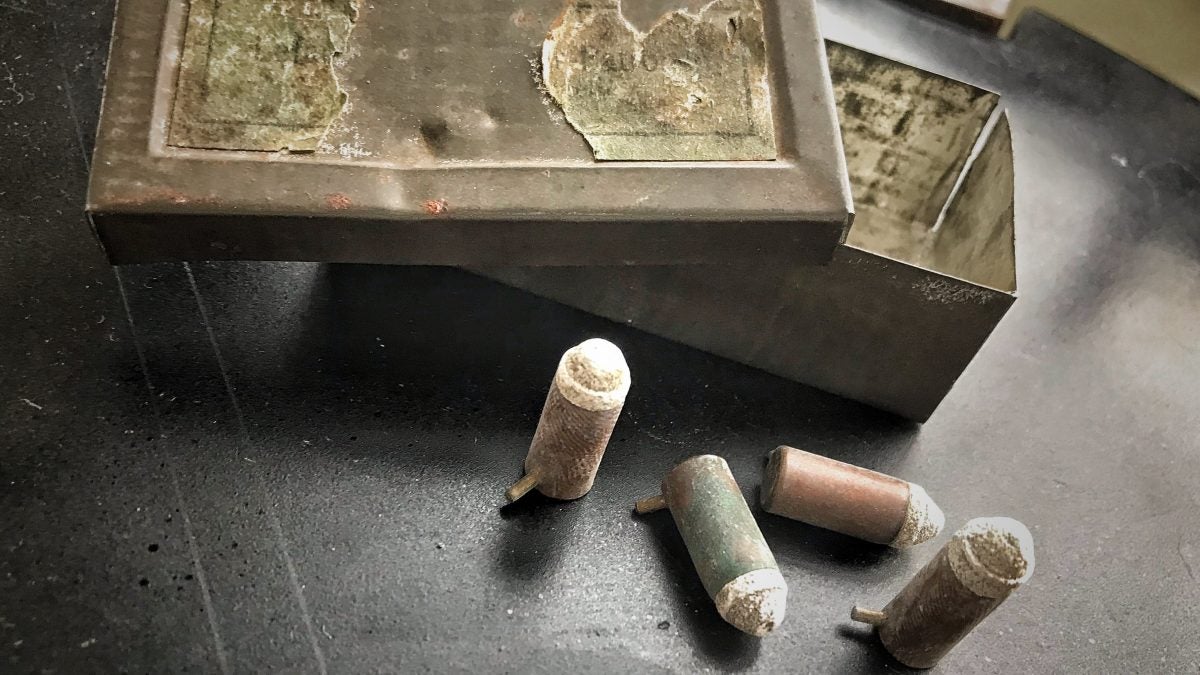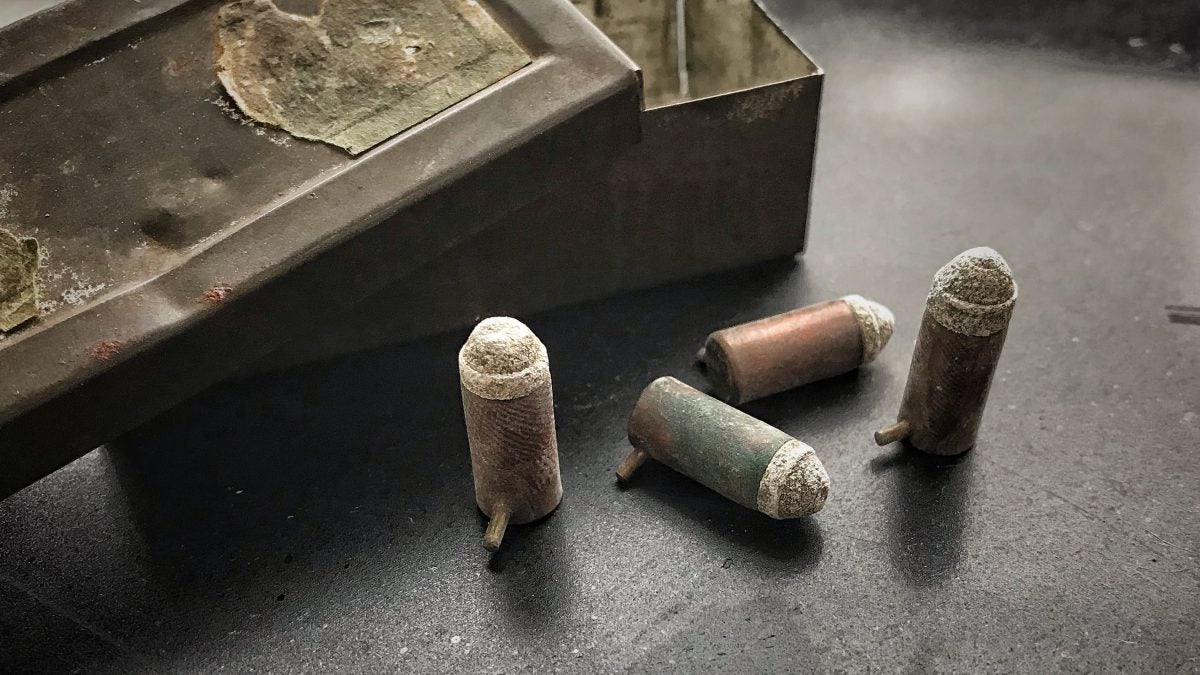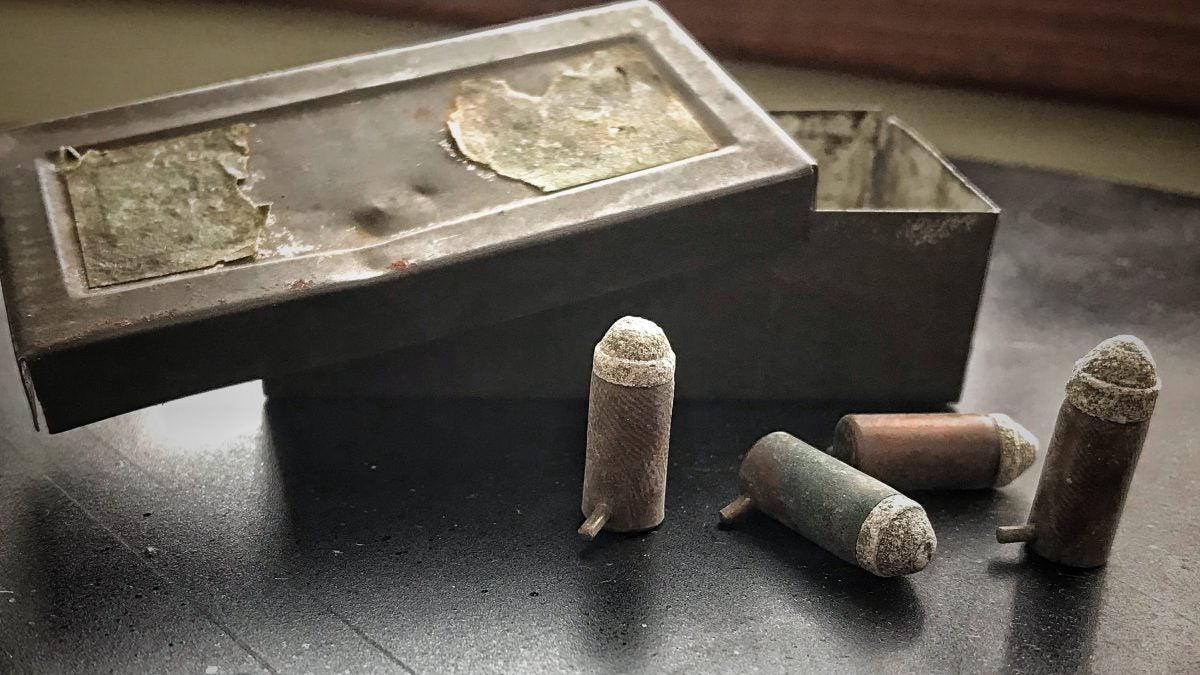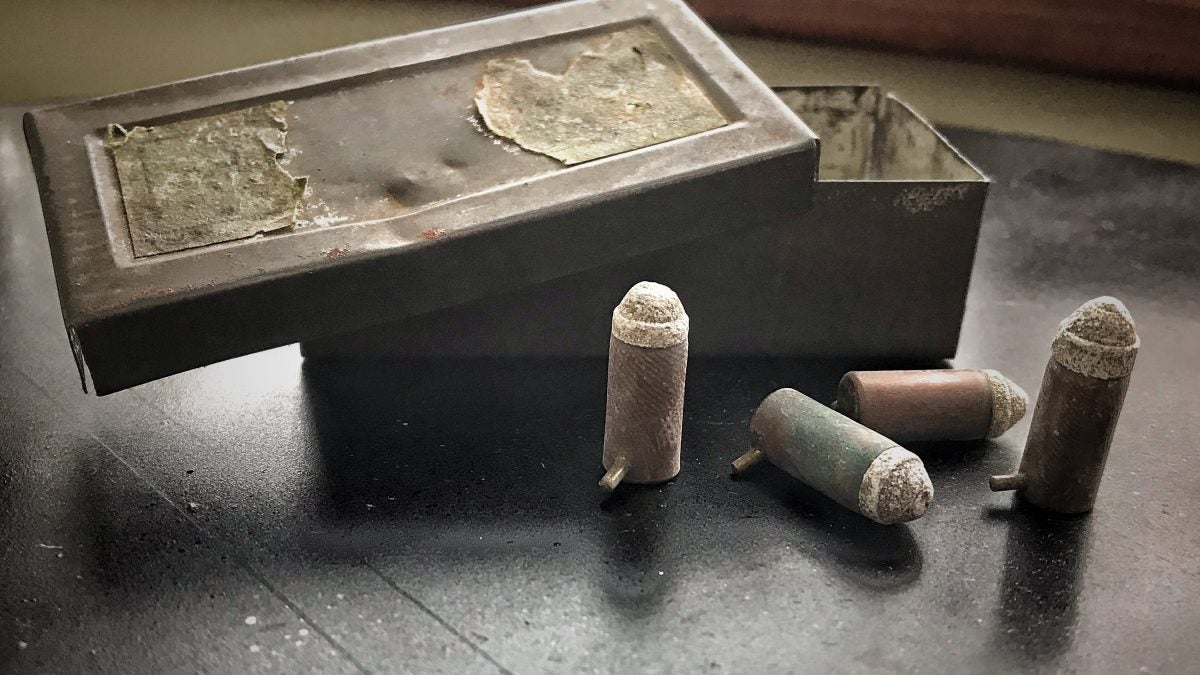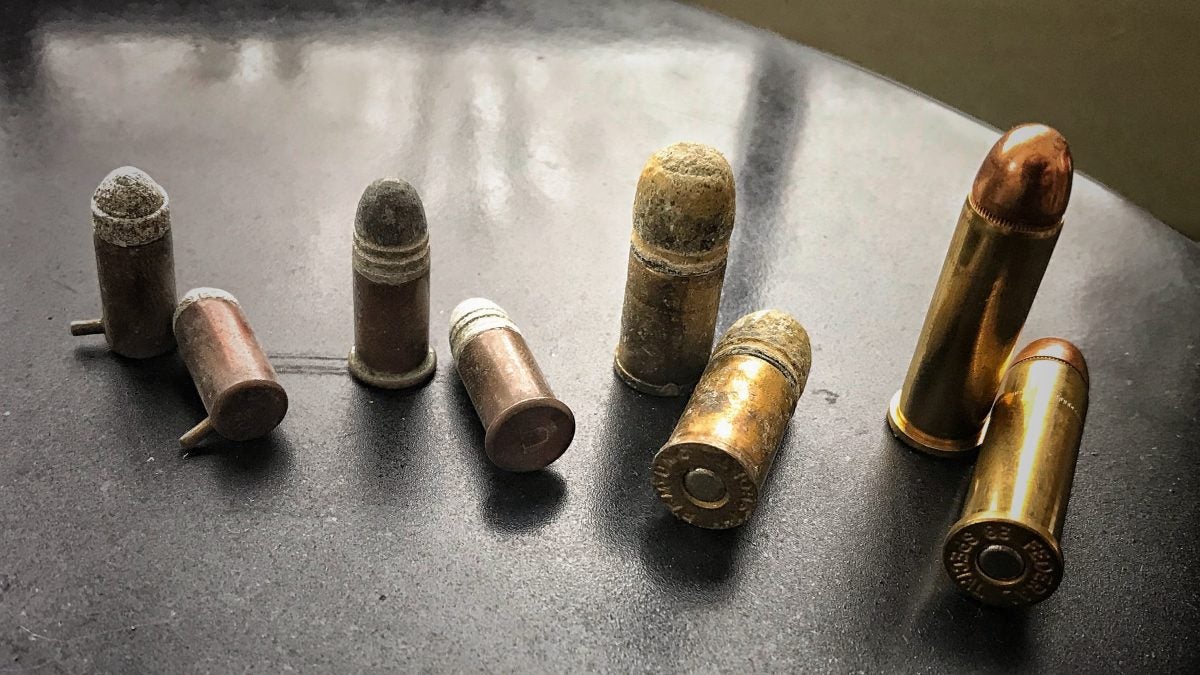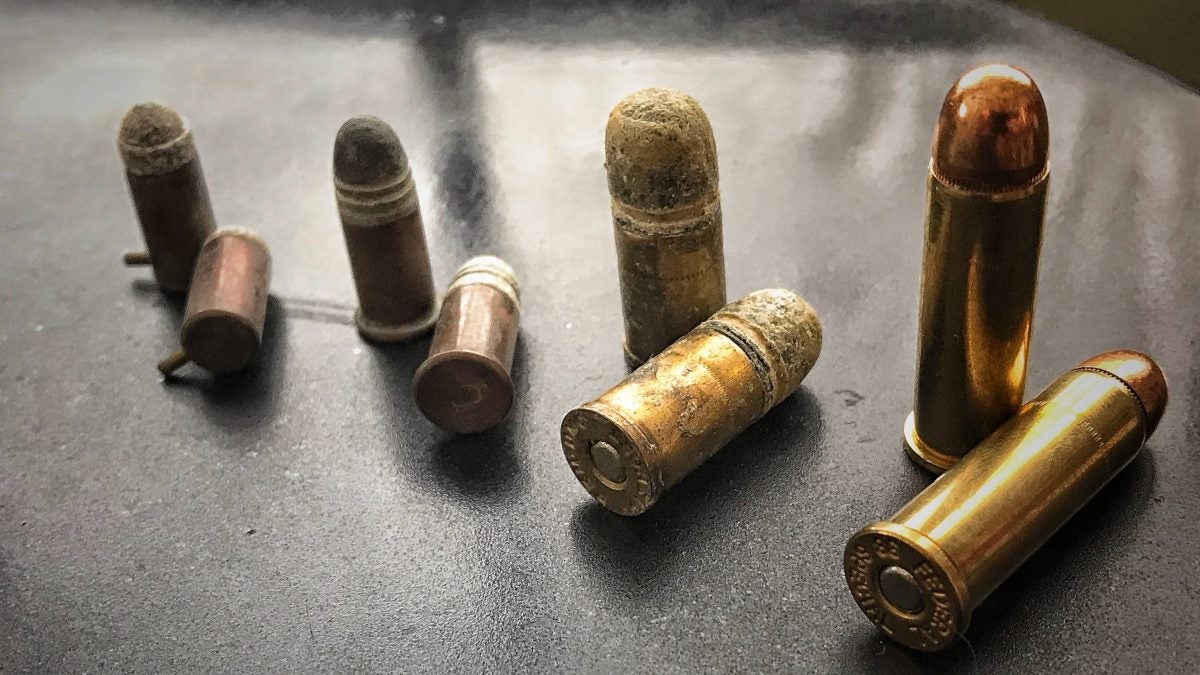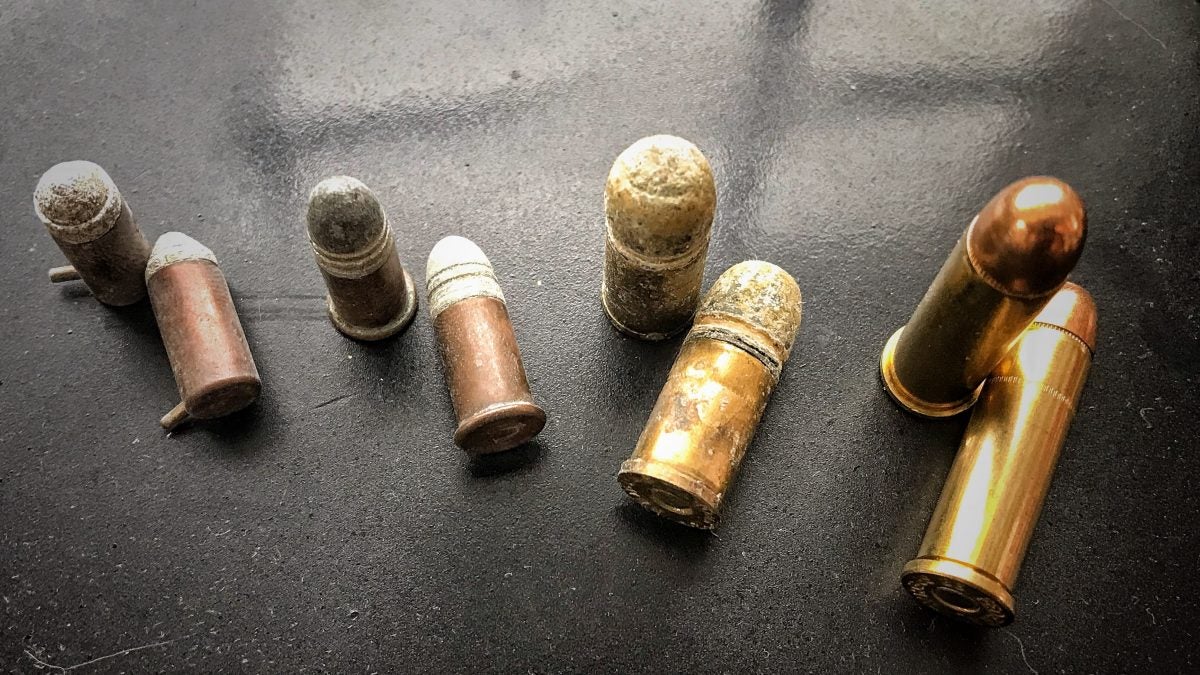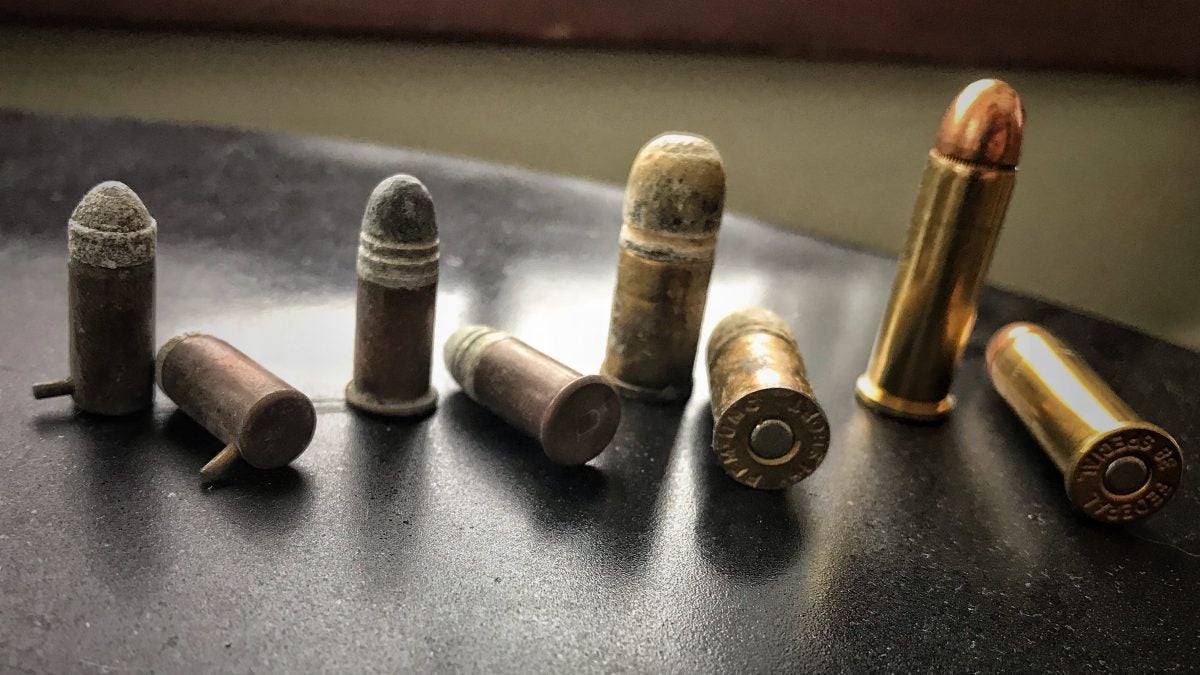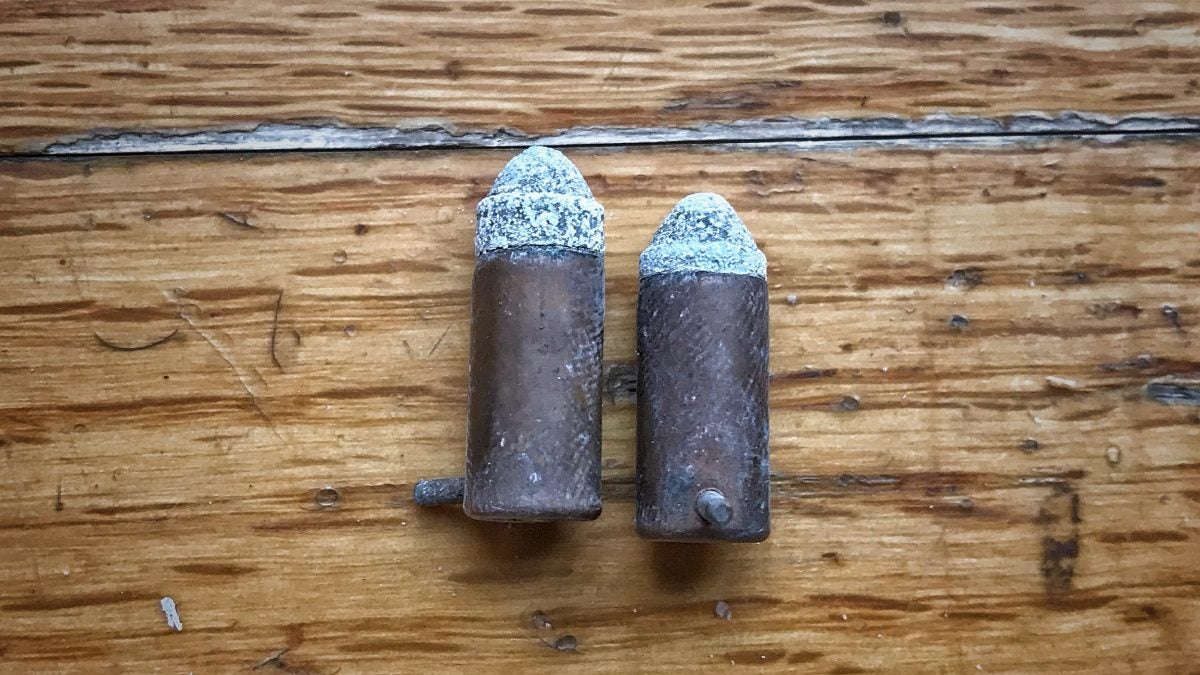Curious Relics #007: Pinfire Cartridges – The Heck is Pinfire?
Sam.S 02.24.21
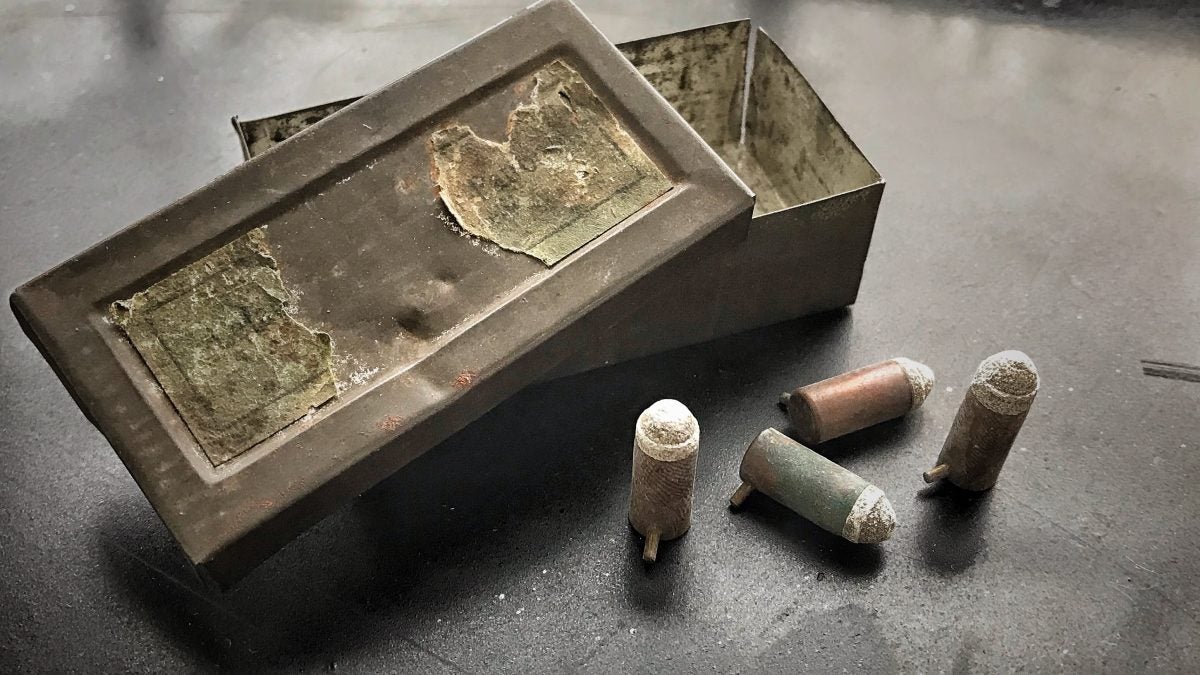
Welcome to our recurring series of “Curious Relics.” Here, we want to share all of our experiences, knowledge, misadventures, and passion for older firearms that one might categorize as a Curio & Relic – any firearm that is at least 50 years old according to the ATF. Hopefully along the way you can garner a greater appreciation for older firearms like we do, and simultaneously you can teach us things as well through sharing your own expertise and thoughts in the Comments. Understanding the firearms of old, their importance, and their development which lead to many of the arms we now cherish today is incredibly fascinating and we hope you enjoy what we have to share, too!
This whole biweekly segment is hoping to inform and express appreciation for older arms as a whole, and appreciation for ammunition should be no different. It took a long time before we had self-contained brass cartridges that we are used to today. It started with the stereotypical pouring powder in a tube and putting a projectile in front of it.
Then, it went through all sorts of cartridge designs like paper cartridges that were torn and poured in, paper cartridges that were ignited via a needle, rocket ball lead projectiles with a hollow base with some powder and a primer, pinfire, rimfire, and eventually centerfire! That being said, let us dissect one of the weirder and lesser-known ones; the pinfire cartridge!
History Abridged: Pinfire Ammunition
Starting as far back as 1800, mass-produced firearm technology had only advanced to black powder muzzleloading rifles, shotguns, handguns, cannons, etc. This would not really start to evolve further till the 1820s – 1830s. Breechloading firearms were never really seriously considered by most people. Obvious now, but back then muzzleloading was the accepted design and methodology of firearm mechanics. Suddenly in the 1830s, you had firearms like the Colt Paterson and the Allen & Thurber Pepperbox show up being able to fire in rapid succession.
So, functional revolvers hit the scene and became a popular option for the average joe to carry for defense or for a lawman to have for backup at his side. These new revolvers still used a muzzleloading technique, but in a cylinder rather than straight down the bore.
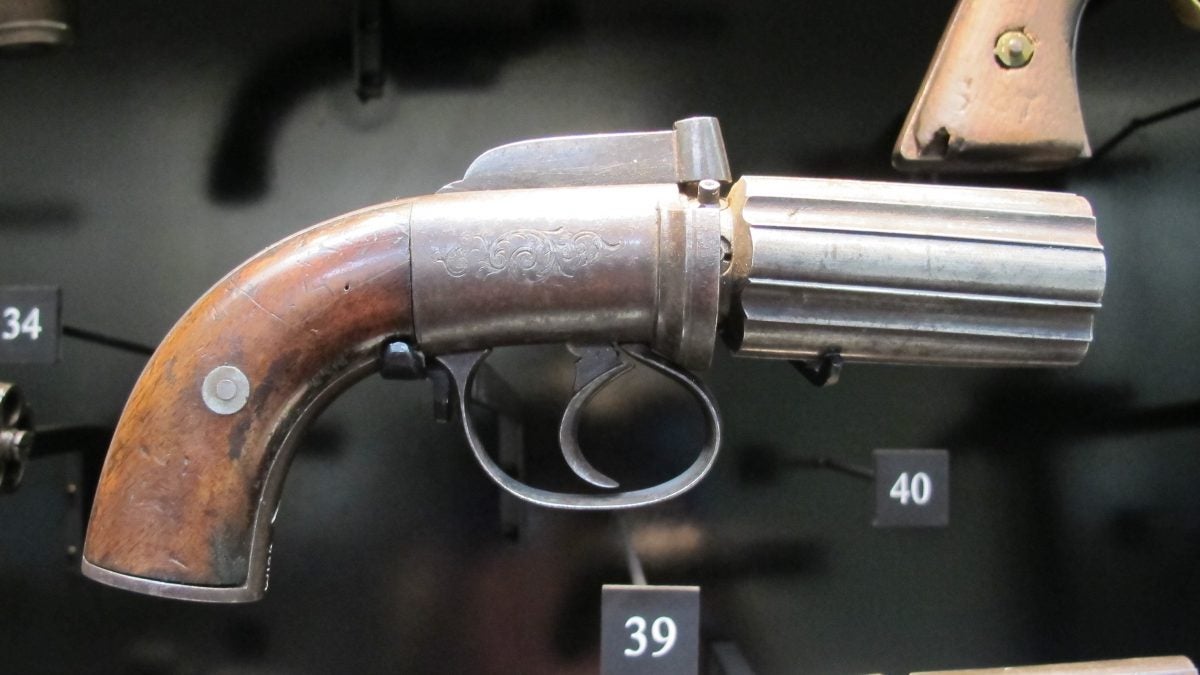
Luckily there is always someone out there trying to better and improve technology in some way. Breechloaders and self-contained cartridges had been attempted and even patented, but none ever seemed to take off cause they were not perfect. The first approximate example of perfect at this point in time was brought into the world by Casimir Lefaucheux a French gunsmith.
Casimir Lefaucheux himself patented a breechloader similar to modern designs in that it was a rifle or shotgun that broke in half and hinged downward exposing an area to be primed by a percussion cap. Feeling his breechloader design had potential he took it upon himself to set it apart from past patents that never caught on. He invented a self-contained cartridge that used a pin to strike a priming compound on the inside of the cartridge case; thus, firing the cartridge. His pinfire cartridge was patented in 1836.
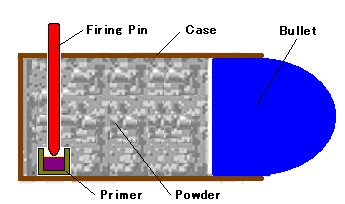
It took around ten years for pinfire to really be refined especially when the cases went from a cardboard tube with a copper base to a full metallic cartridge with a wad that was introduced to the casings making them better at containing gasses as much as possible. Even though the pinfire design was fairly common and popular in France by the 1850s it was the 1851 Great Exhibition in London that really kicked off the pinfire interest across the world. American and British gunmakers were especially interested in breechloading technology and were forward-thinking in that aspect and took the pinfire idea home with them. This is a good reason why pinfire firearms are still easy to find today.
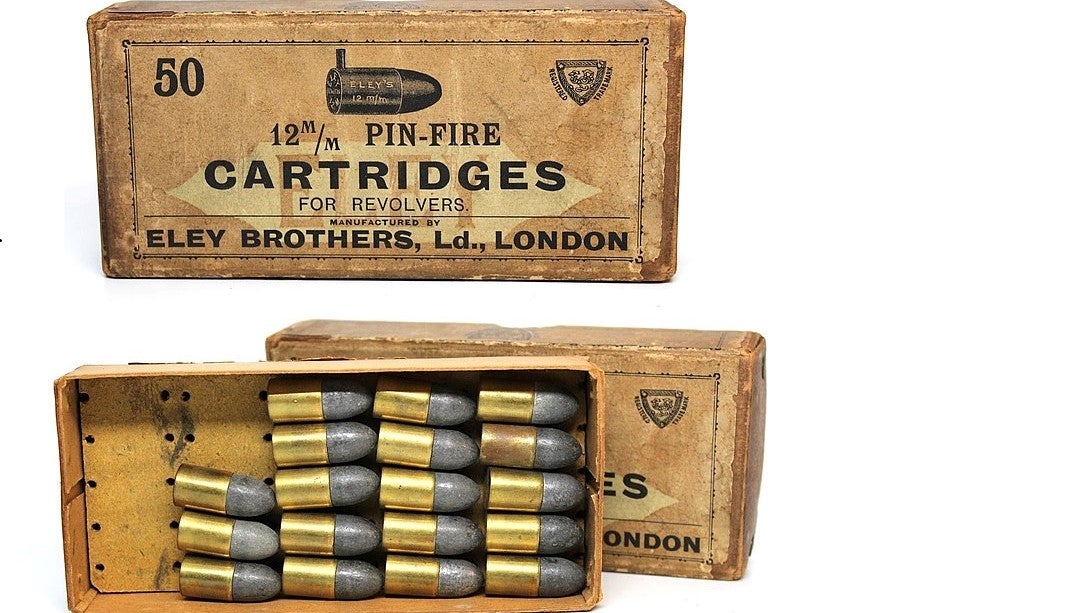
The rise in popularity of this new ammunition type took hold mainly in revolvers and shotguns. The shotguns were a shorter run than the revolvers by far since centerfire paper shotshells came onto the scene in the 1860s. The revolvers often generically called Lefaucheux were a long-time favored design since they were just as effective or more than the typical handgun at the time and they could be reloaded rapidly. Pinfire revolvers even found their way to American Civil War battlefields.
The death of pinfire came when rimfire and centerfire technology was far enough to make it obsolete. Pinfire was fragile and easier to accidentally discharge so it was kind of a no-brainer. The world may have forgotten about pinfire, but it is still here today.
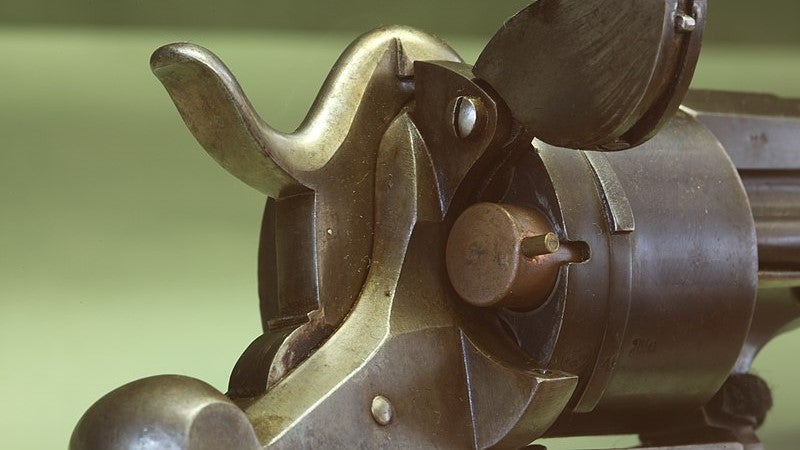
Specifications: Pinfire Ammunition
Pinfire put simply is a cartridge with a pin sticking out of its side. That pin is struck by a hammer and slightly pushed further in, igniting a priming compound and then the powder which propels the bullet from the case. In a way, you can think of it as a cartridge with a firing pin built into the side. Since we are not talking about one single caliber pinfire the specifications will be a little different from the usual.
- Produced: 1836 to Modern Day (only 2mm)
- Common Pinfire Revolver Calibers: 15mm, 12mm, 9mm, 7mm, 5mm, and 2mm
- Pinfire Shotshell Gauges: 28, 24, 20, 18, 16, 14, 12, 10, and 4 Gauge
- Pinfire Ammunition Projectile Types: Shotgun Shells, Revolver Shotshell, Blanks, Explosive, Lead Ball, and Wad Only
- Pinfire Ammunition Types: Shotgun Shells, Revolver cartridges, and the rare horizontal pinfire in which the pin is located in the same spot a primer would be in a modern cartridge.
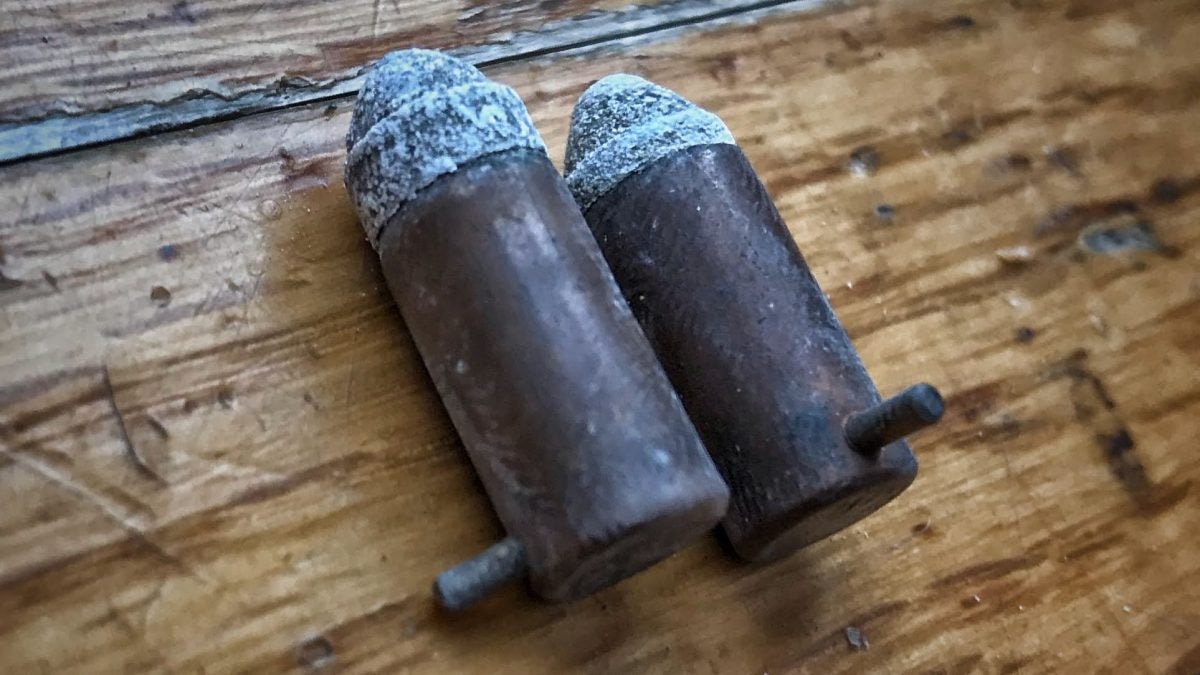
Modern Day: Pinfire Ammunition
These days pinfire technology is pretty much gone. I would not lose hope though! There are a few sources out there that are trying their best to keep this unique cartridge alive. There are companies like pinfireguns.com and thepinfire.com that currently sell brand new miniature pinfire guns that shoot a 2mm pinfire cartridge which is absolutely tiny! There is also an excellent resource for making pinfire cartridges for old guns via hlebooks.com.
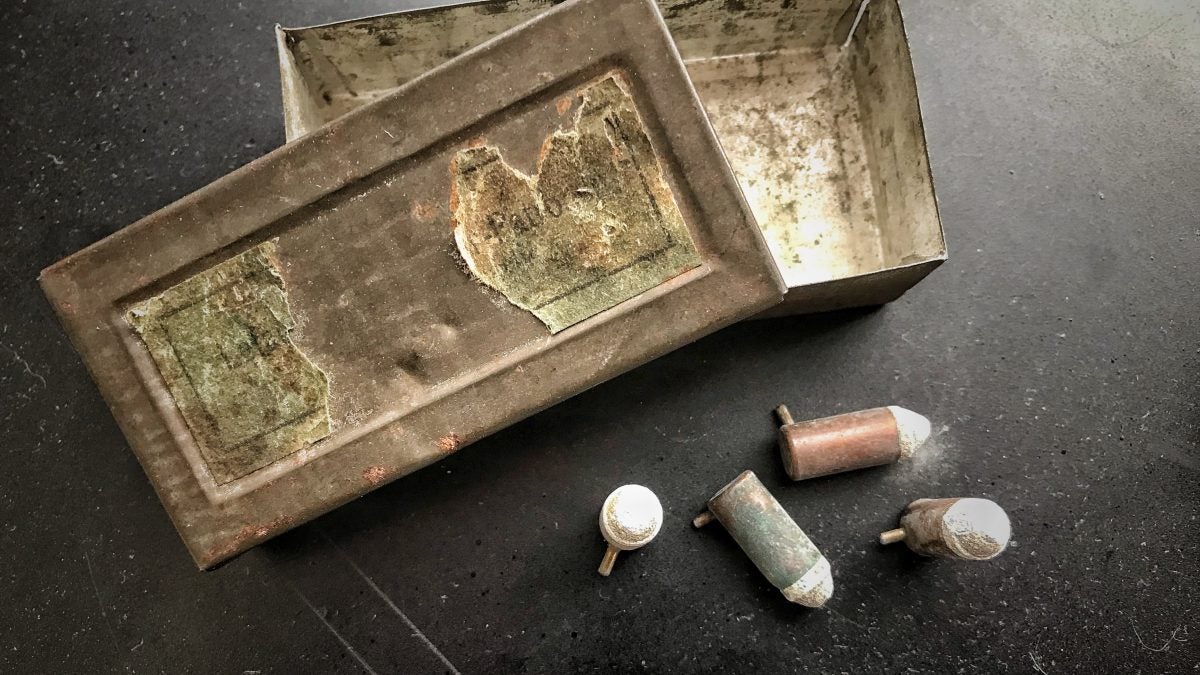
If you are interested in learning more about pinfire make sure to check out freemycollection.com which is a much deeper look into pinfire and its history. As far as getting your hands on pinfire firearms that are not the size of a quarter, sources like auction sites and gun shows are probably the best bet. They are not terribly uncommon or rare, but to find one that is quality and well made can be tough and I would recommend being picky.
Final Thoughts: Pinfire Ammunition
Pinfire was arguably the beginning of modern self-contained cartridges becoming mainstream. I can not imagine it was cheap back in the day, but it was easy and quick nonetheless. It led the way to different types of cartridges like rimfire and centerfire that are commonplace today. It is funny to think about how something today may evolve into something else and what an equivalent would be to pinfire. It is easy to take it all for granted today, but years and years from now someone out there might be wondering why the heck we used centerfire ammunition rather than some weird plasma laser future stuff. Probably chrome as well. Everything is chrome in the future.
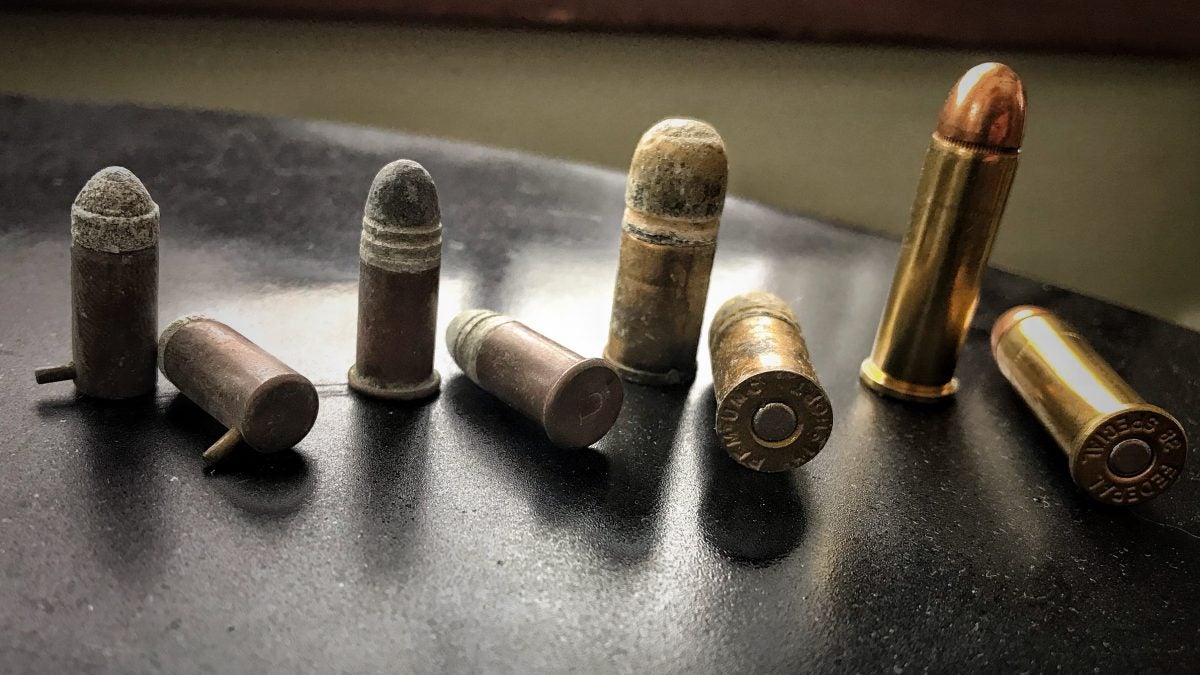
In closing, I hope our Curious Relics segment informed as well as entertained. This all was written in hopes of continued firearm appreciation and preservation. We did not just realize how guns were supposed to look and function. It was a long and tedious process that has shaped the world we live in. So, I put it to you! Is there a firearm out there that you feel does not get much notoriety? What should our next Curious Relics topic cover? As always, let us know all of your thoughts in the Comments below! We always appreciate your feedback.
